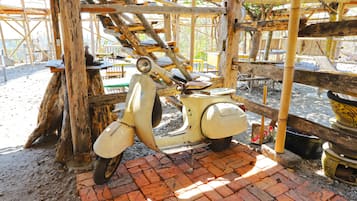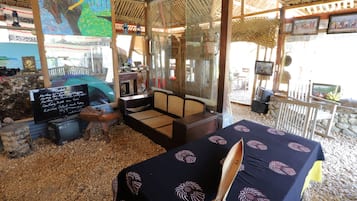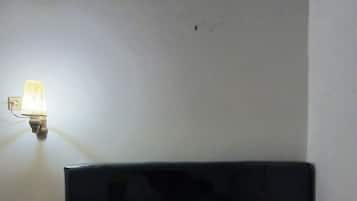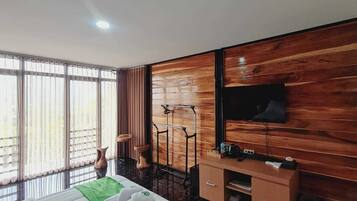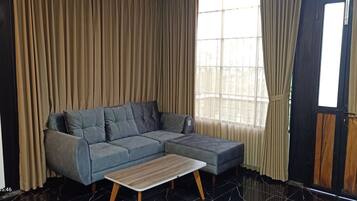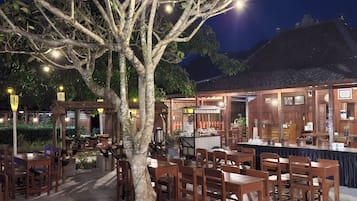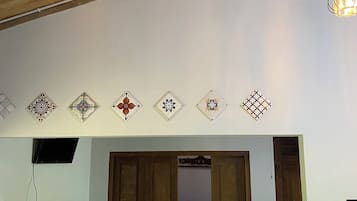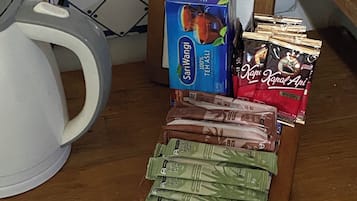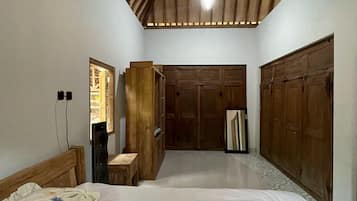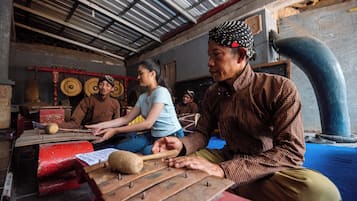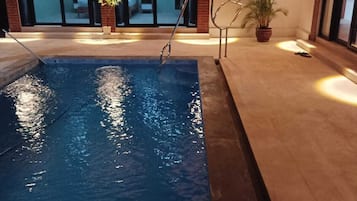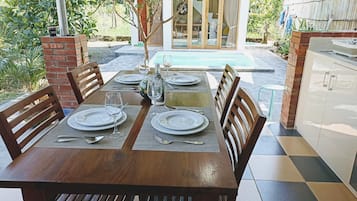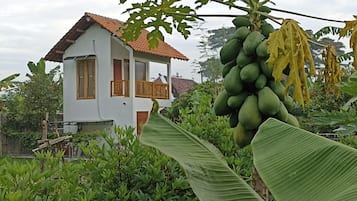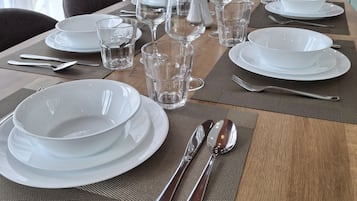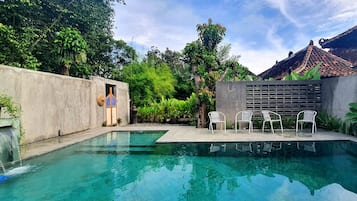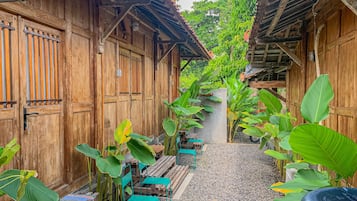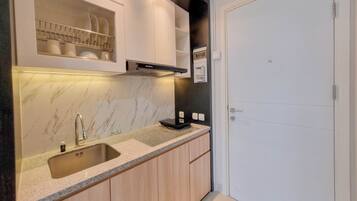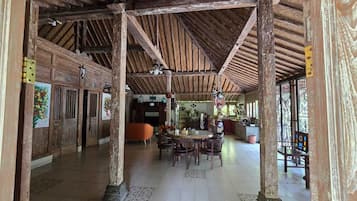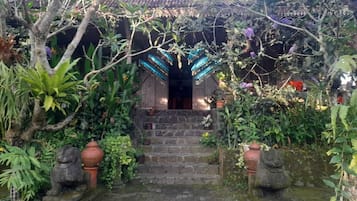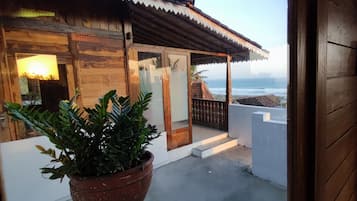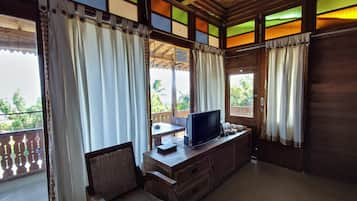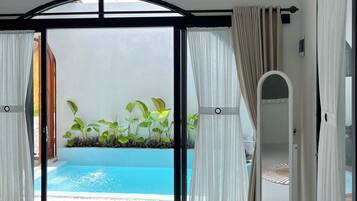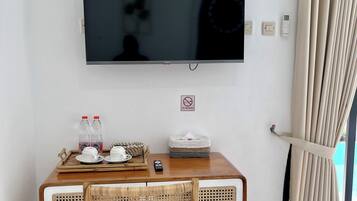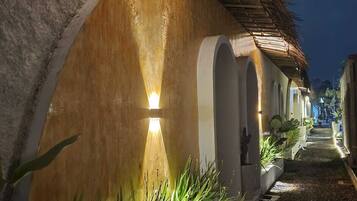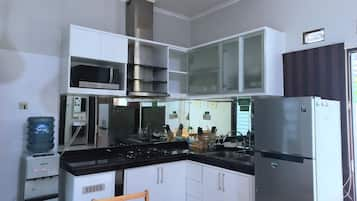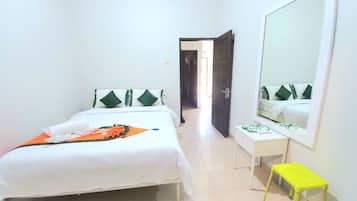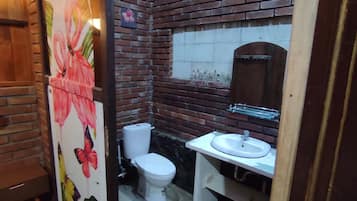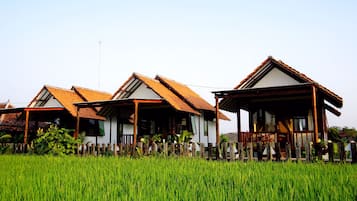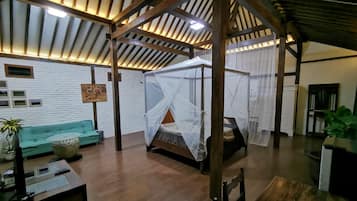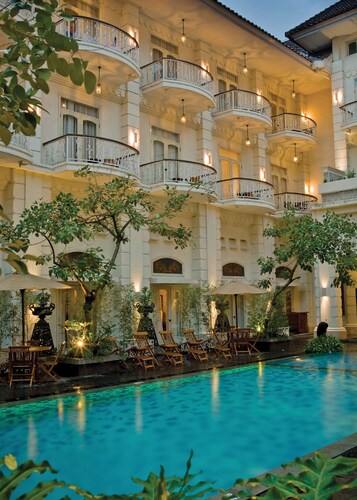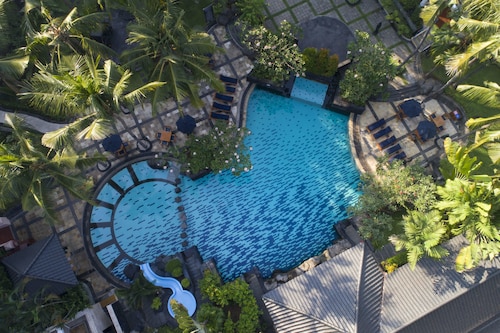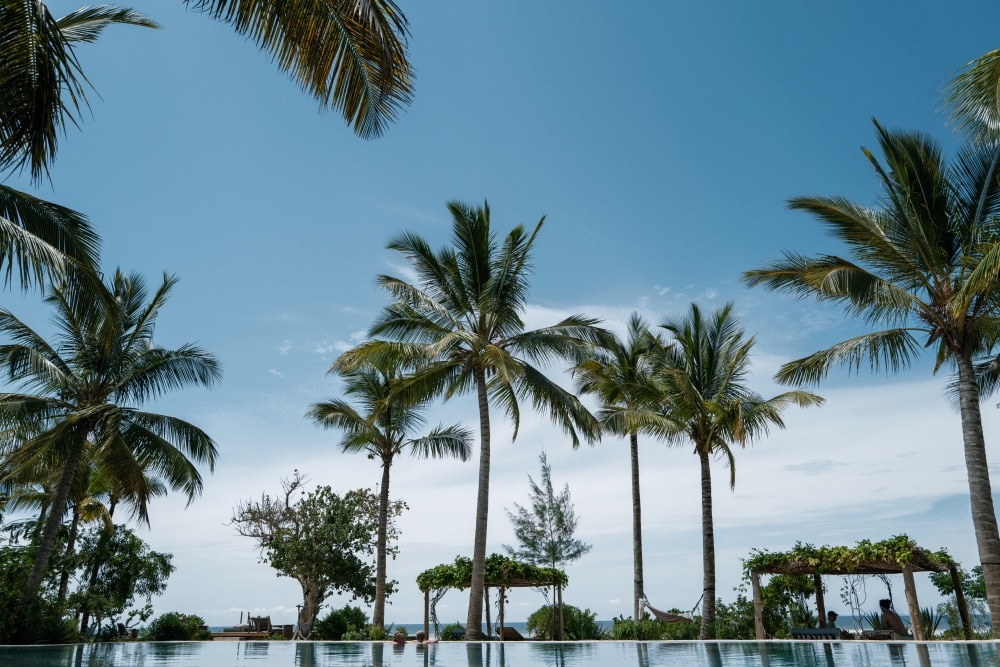Ferienwohnungen in Tegalrejo
- Und wenn du deine Meinung änderst?Ganz einfach: Buche Hotels mit kostenloser Stornierung.
- Sei ruhig wählerischStöbere in fast einer Million Unterkünften auf der ganzen Welt.
Überprüfe die Preise für diese Daten
Ferienwohnungen in Tegalrejo
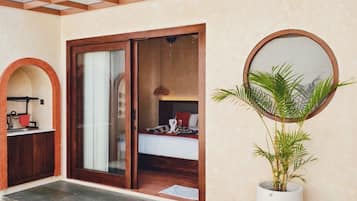
Villa in Yogyakarta
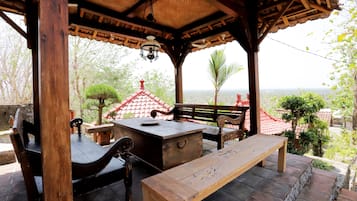
Campingplatz in Parangtritis
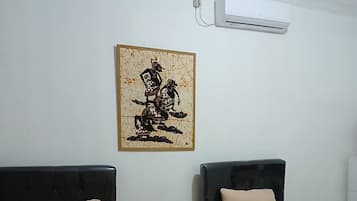
Residenz in Zentrum von Yogyakarta
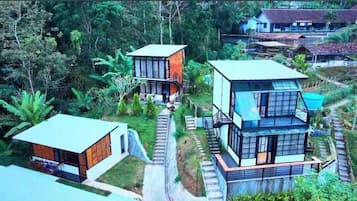
Villa in Kalirejo
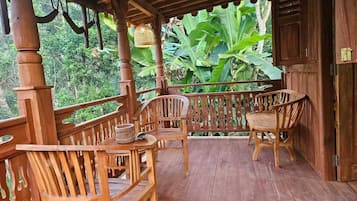
Ferienhaus in Salam
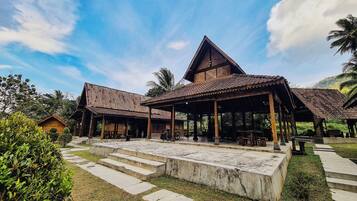
Landhaus in Borobudur

Ferienhütte in Borobudur
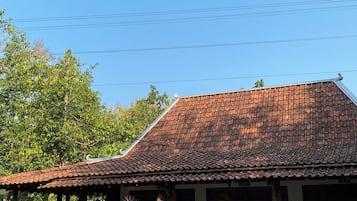
Ferienhütte in Triwidadi
Finde Ferienunterkünfte, die zu deinem Stil passen
Tegalrejo: Top-Hotelbewertungen

ibis Styles Yogyakarta
Mehr über Tegalrejo erfahren
Finde deine Tegalrejo-Ferienwohnung mit Expedia
Tegalrejo-Ferienwohnungen sind die ideale Wahl, wenn du im Urlaub deine Privatsphäre schätzt und heimelige Behaglichkeit an einem neuen Ort erleben möchtest. Ganz gleich, ob ihr bei einer Auszeit zu zweit ganz für euch sein möchtet, deine Familie viel Platz braucht, oder du mit Bello in die Ferien reisen möchtest – bei Expedia findest du die passende Unterkunft für deinen Reiseanlass.
Welche Ausstattung du bei einer Tegalrejo-Ferienwohnung erwarten kannst
Selbst die günstigsten Ferienwohnungen in Tegalrejo sind hervorragend ausgestattet mit allem, was du brauchst, um dich auch abseits deiner eigenen vier Wände ganz wie zuhause zu fühlen: Neben einem gemütlichen Bett und einem Bad gehört in der Regel auch eine voll ausgestattete Küche oder im Apartment eine Kitchenette dazu. So kannst du ganz nach eigenem Geschmack kochen und dir nach Herzenslust Menüs mit regionalen Köstlichkeiten zubereiten. Ebenfalls zur Grundausstattung gehören vielerorts WLAN und Parkplätze für unkomplizierte Mobilität vor Ort. Viele Tegalrejo-Ferienhäuser sind als familienfreundlich ausgeschrieben und bieten Gästen eine kindgerechte Einrichtung mit Kinderstuhl oder Kinderbett. Eine hauseigene Waschmaschine, ein Trockner oder eine Spülmaschine sind ebenfalls ein Muss, wenn du mit der Familie anreist, und gehören oft zur Ausstattung. Du lässt es dir in den Ferien so richtig gut gehen und möchtest auch im Ferienhaus nicht auf eine Spur Luxus verzichten? Dann findest du unter den Objekten mit gehobener Ausstattung Ferienwohnungen mit Pool, Whirlpool, Sauna oder beispielsweise Kamin. Die Auswahl an Ausstattungsmerkmalen ist breit gefächert, sodass du ganz nach persönlicher Vorliebe und Reiseanlass entscheiden kannst.
Übliche Mietpreise für eine Tegalrejo-Ferienwohnung
Je nach Reisezeitraum, Ausstattungsmerkmalen und Größe deines Traumdomizils können die Preise variieren. Momentan beginnen die Preise für eine Ferienwohnung bereits bei CHF 11 pro Nacht. Wer zünftig sparen will, kann sich Angebote bei einer frühzeitigen Reservation zunutze machen oder nach Last-minute-Angeboten Ausschau halten.
Die beste Reisezeit um eine Tegalrejo-Ferienwohnung zu mieten
Möchtest du ein paar Tage an der Sonne genießen, solltest du Tegalrejo in der Hauptsaison einen Besuch abstatten. Abseits der saisonalen Vorzüge hat Tegalrejo dann auch kulturell einiges zu bieten. Möchtest du dein Reisebudget schonen, bieten sich die Vor- und Nachsaison mit günstigen Schnäppchen an.
Tipps, um die für dich beste Ferienwohnung zu finden
Um in der Vielfalt an Ferienwohnungen und Ferienhäusern in Tegalrejo dein Traumdomizil zu finden, genügen bereits wenige Klicks. Auf der Website von Expedia findest du neben den aktuellsten Angeboten auch eine übersichtliche Suchmaske. Hier gibst du einfach deine Reisedaten ein und erhältst eine Übersicht. Um die Suche auf deine Wünsche hin zuzuschneiden, nutze die verschiedenen Filter und verfeinere die Auswahl an Tegalrejo-Ferienhäusern beispielsweise nach Ausstattungsmerkmalen, Bewertung oder Preis.
Hinweise zu Umbuchung und Stornierung einer Tegalrejo-Ferienwohnung
Trotz der besten Reiseplanung kann manchmal etwas Unvorhergesehenes geschehen. Ganz gleich, ob du ein Ferienhaus mit Pool oder ein kleines Apartment buchen möchtest – es lohnt sich, die aktuellen Konditionen bezüglich kostenloser Umbuchung oder Stornierung zu erfragen. Bitte beachte auch, dass jede Unterkunft ihre eigenen Bedingungen hat. Lies die Informationen daher vor der Buchung genau durch. So kannst du unter den Ferienwohnungen das Angebot auswählen, das am besten deinen Ansprüchen bezüglich Flexibilität entspricht.
Gute Gründe, um eine Tegalrejo-Ferienwohnung bei Expedia zu buchen
Expedia bietet dir nicht nur eine riesige Auswahl an Ferienwohnungen direkt in Tegalrejo, sondern auch verlockende Angebote und eine kinderleichte Art der Reiseplanung. Auf unserer Website findest du nicht nur eine detaillierte Vorstellung der Objekte vor Ort, sondern auch die Möglichkeit, mittels Filtern rasch und unkompliziert dein Traumobjekt zu finden und bei Bedarf gleich noch einen Flug oder einen Mietwagen dazu zu buchen.
Entdecke eine Welt voller Reisen mit Expedia
Angesagte Reiseziele auf Expedia.ch
- Ferienwohnungen in Zürich
- Ferienwohnungen in Basel
- Ferienwohnungen in Bern
- Ferienwohnungen in Genf
- Ferienwohnungen in Luzern
- Ferienwohnungen in Interlaken
- Ferienwohnungen in Zermatt
- Ferienwohnungen in Grindelwald
- Ferienwohnungen in Lausanne
- Ferienwohnungen in Locarno
- Ferienwohnungen in Lugano
- Ferienwohnungen in Ascona
- Ferienwohnungen in St. Moritz-Bad
- Ferienwohnungen in Davos
- Ferienwohnungen in Arosa
- Ferienwohnungen in Lenzerheide
- Ferienwohnungen in Bettmeralp
- Ferienwohnungen in Graubünden
- Ferienwohnungen in Adelboden
- Ferienwohnungen in Wallis
- Ferienwohnungen in Savognin
- Ferienwohnungen in Flims
- Ferienwohnungen in Pontresina
- Ferienwohnungen in Sils-Maria
![Batik (Javanese pronunciation: [ˈbateʔ]; Indonesian: [ˈbatɪk]) is a technique of wax-resist dyeing applied to whole cloth, or cloth made using this technique. Batik is made either by drawing dots and lines of the resist with a spouted tool called a canting (IPA: [ʈ͡ʂantiŋ], also spelled tjanting), or by printing the resist with a copper stamp called a cap (IPA: [ʈ͡ʂap], also spelled tjap). The applied wax resists dyes and therefore allows the artisan to color selectively by soaking the cloth in one color, removing the wax with boiling water, and repeating if multiple colors are desired.
A tradition of making batik is found in various countries, including Nigeria, China, India, Malaysia, Philippines and Sri Lanka; the batik of Indonesia, however, is the most well-known. Indonesian batik made in the island of Java has a long history of acculturation, with diverse patterns influenced by a variety of cultures, and is the most developed in terms of pattern, technique, and the quality of workmanship. On October 2009, UNESCO designated Indonesian batik as a Masterpiece of Oral and Intangible Heritage of Humanity.
Source: Wikipedia
These batik clothes are sold at one of the high end hotel's gift shop in Yogyakarta. They are hand drawn and painted and hence command a high price! It ranges over US$200 although some cheap batik at the market can be found for a mere US$2. The difference lies in the quality, the design and also the amount of skill that's needed to make them.
Common batik wear are made from cotton. The ones shown here are silk and limited in quantity produced.
Yogyakarta and Surakata (Solo) are two cities where batik originated in Indonesia.
#unesco](https://images.trvl-media.com/place/1718/09cd56ac-2be9-4518-ac77-e217d037b46b.jpg?impolicy=fcrop&w=1200&h=500&q=medium)




